Fashion history
Jacket story - Hungarian
Hungarian - short jacket trimmed with cords on the chest... This piece of clothing gradually penetrated into Russia. And before the Russian hussars put on the uniform in which they won a victory over Napoleon in 1812, the Hungarian woman made her way to Russia, starting from the XV-XVI centuries.
National Hungarian clothing was formed on the basis of the interaction of the ancient Hungarian costume with the Turkish one. For several hundred years, continuous military clashes between the West and the East took place on the territory of Hungary. Turkish oppression, numerous wars devastated and ruined the country. Along with old Hungarian clothing, there were other options - medieval European costume and oriental. It was the oriental elements that were later used by the Hungarians and entered their national costumes.
Cut elements, fasteners on the chest in the form of rows of decorative cord with air loops and tassels, hats with sultans, fur trim - all these elements have become an obligatory part of the Hungarian national dress. Already in the 15th century, these elements became the property of the uniform of an officer of the Hungarian light cavalry. These were the hussars who repulsed the attacks of the Turkish cavalry.
Then the distinctive features of the Hungarian costume began to spread in Europe. Moreover, a significant part of the Hungarian soldiers, usually young, were looking for better means of subsistence in other countries. When recruiting for military service, not only were they taken into account glory of the Hungarians like warriors, but also their appearance, and colorful national costume.
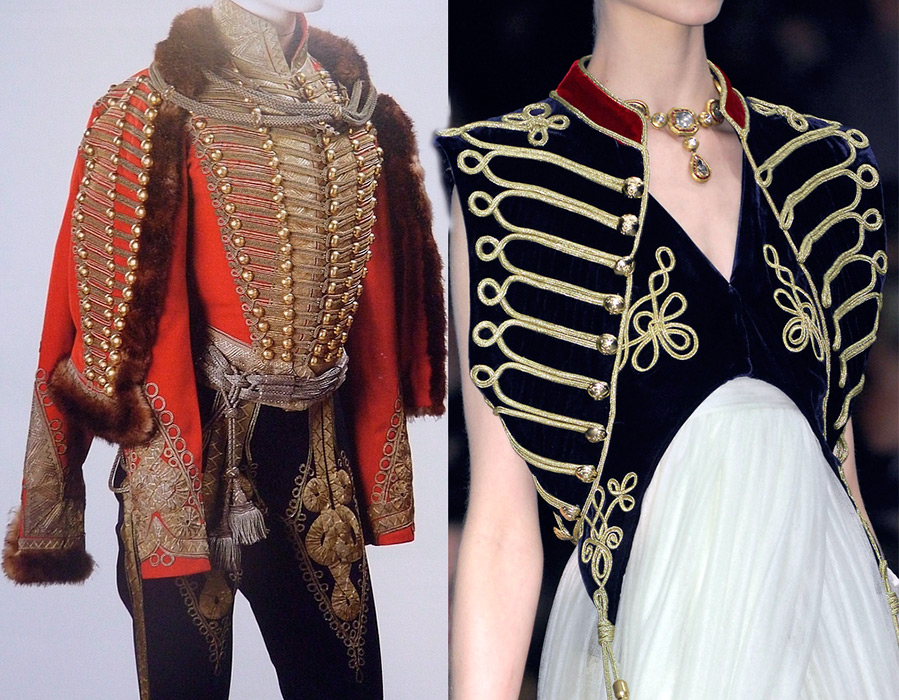
Hungarians have served in many countries. Once in the royal guard of Louis XIV, the Hungarians, with their brilliant and picturesque appearance, gave special solemnity to the king's entrance.
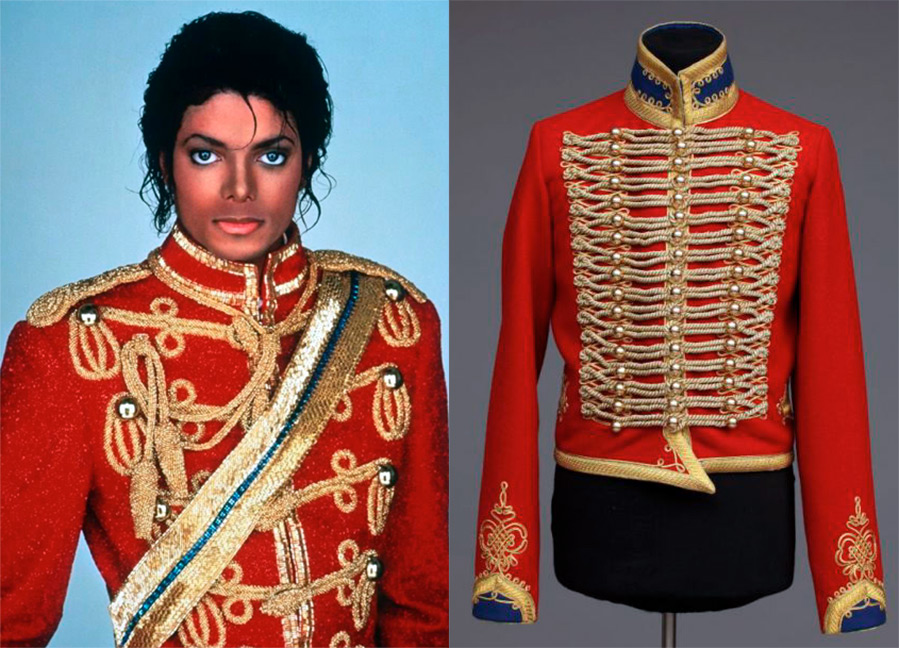
Hussar regiments in the Russian Army appeared in the middle of the 18th century, approximately in 1751 - 1760. Their uniforms were significantly different from those of other types of cavalry. This is due to its origin. At that time, many who were in the hussar regiments were from Serbia, Hungary and the Slavs, who came from the Austrian possessions between the Bug and the Dnieper.
It was they who brought with them this kind of clothing, close to the national Hungarian costume. It consisted of the following main items: dolman, mentik, chakchirs (leggings), boots, shako, sash. Mentic was an overcoat lined with fur at the collar and sides, with horizontal rows of cords on the chest.
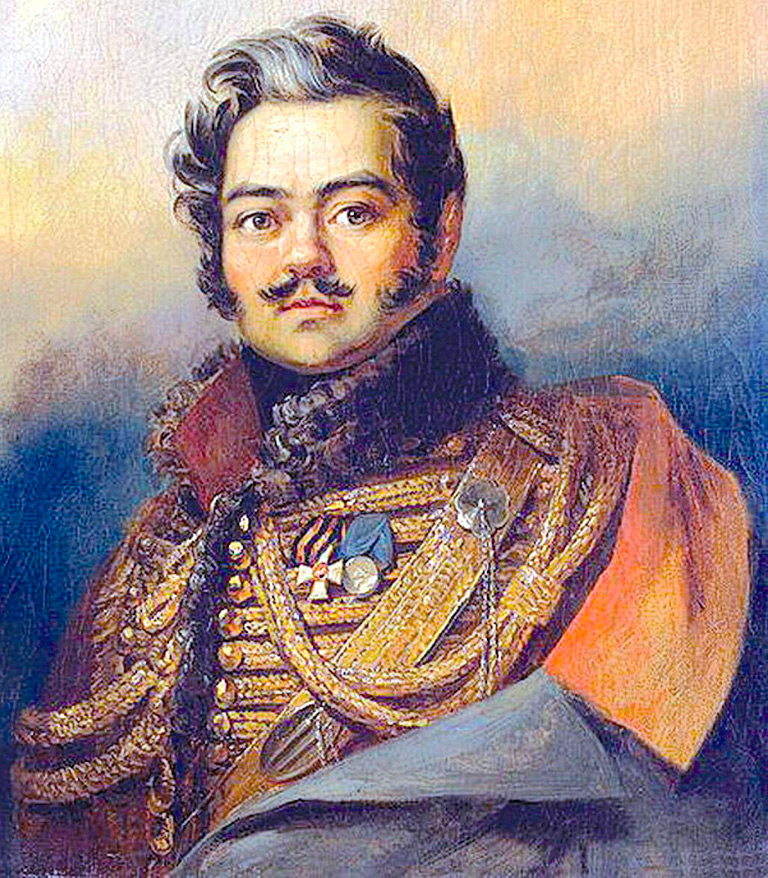
Portrait from above - Denis Davydov
Bottom portrait - Lermontov
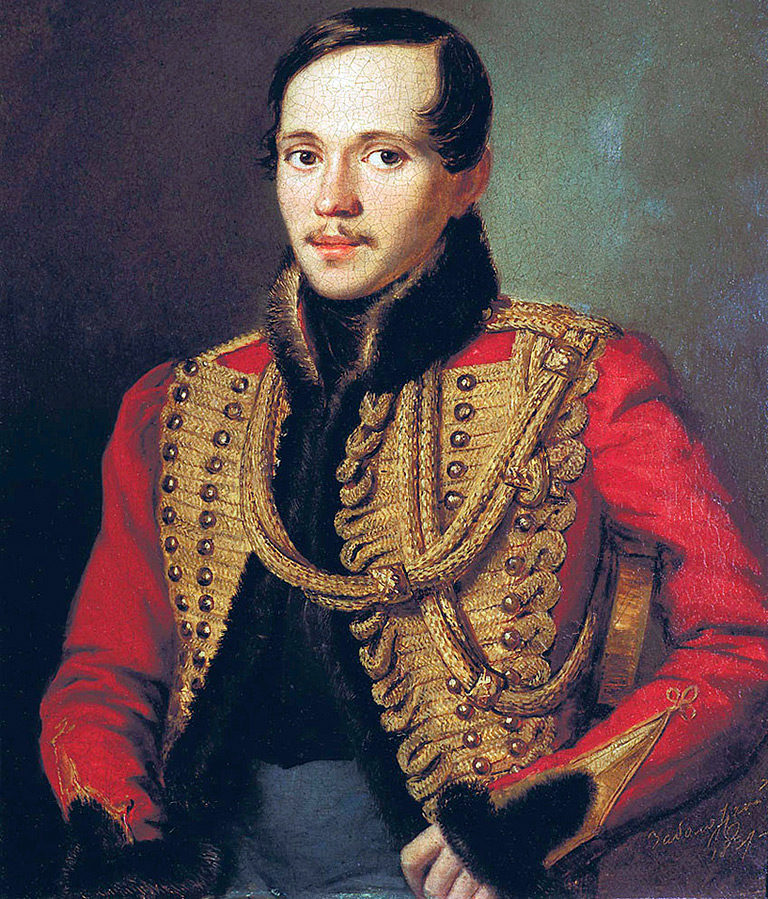
Doloman is also a jacket, decorated with rows of cords both in front and behind, a mentik was put on it. Mentikas in the summer were worn thrown over the left shoulder, and in the winter - worn in sleeves over the dolman. Chakchirs, or hussar leggings, were with a cord pattern. The form was liked in Russia for its uniqueness and elegance. Over the course of a century, it has changed, but at the same time its main features have been preserved.
Based on the origin of the hussar uniform, it becomes clear why jackets - dolman and mentics began to be called Hungarian. But at the same time there was another Hungarian woman - civilian. It was most often a blue caftan, embroidered on the chest with cords. These clothes resembled a caftan of pre-Petrine times. Russian landowners loved to wear it.
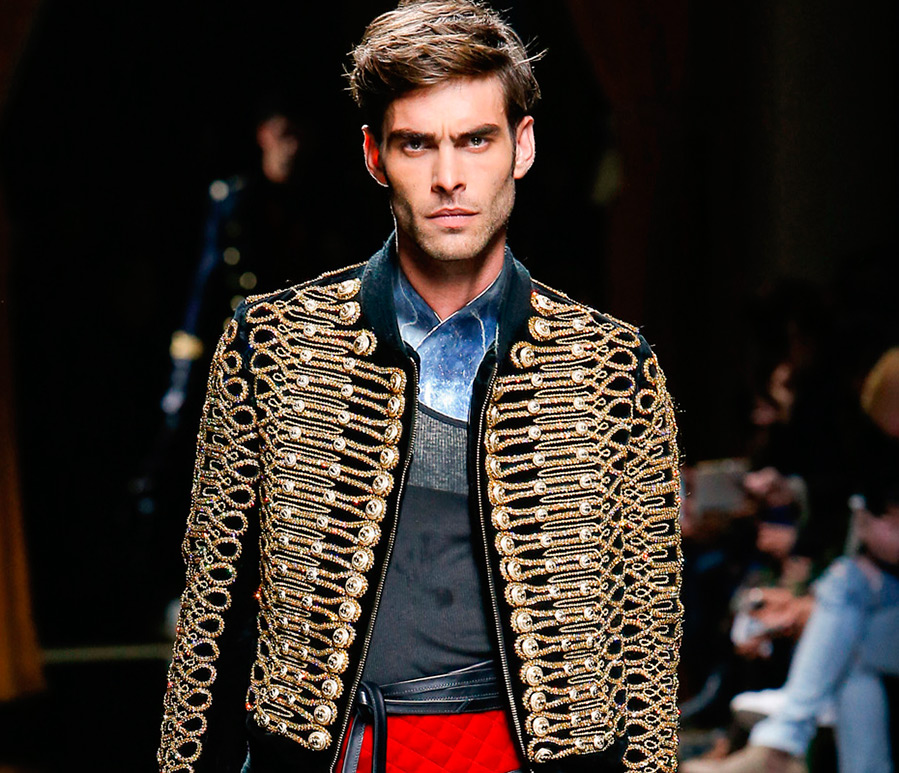
The popularity of the hussar uniform and at the same time the civilian Hungarian woman continued almost until the end of the 19th century. In the second half of the 19th century, the female version of the hussar jacket or Hungarian came into fashion - it was a short woolen jacket trimmed with braid or cord.
Today, interesting models of women's clothing in military style often appear on the catwalks, and therefore you can see elements of Hungarian and Russian military uniforms. Modern designers are inspired by national costumes, because beauty is eternal.
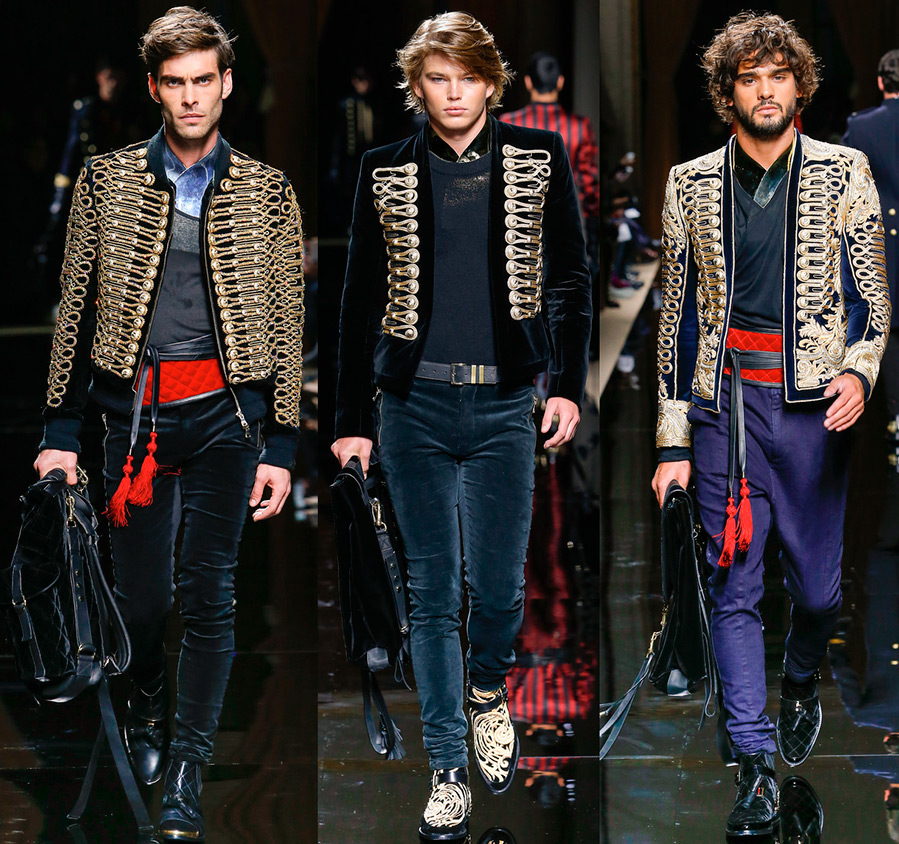
Photo above - Balmain
Photo below - Alessandra Rich
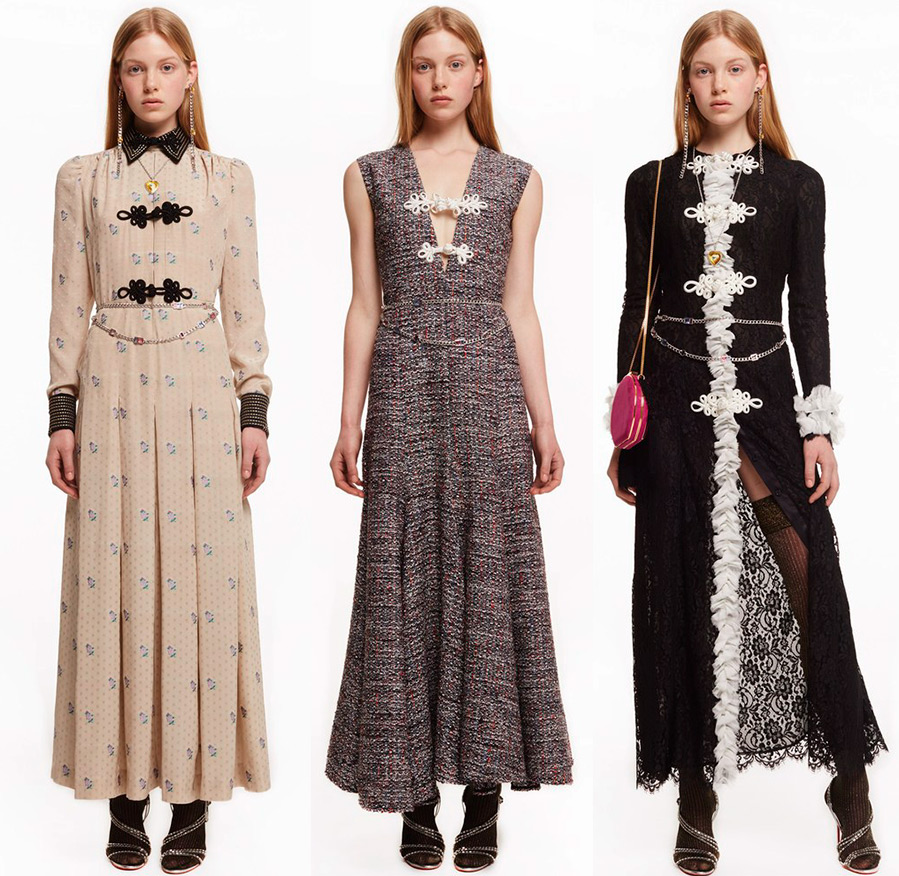
Comments and Reviews
Add a comment
Similar materials
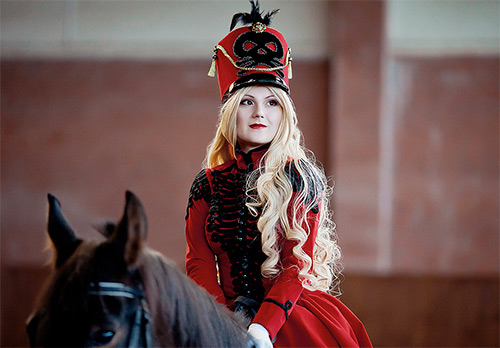 Elements of the hussar uniform in current fashion collections
Elements of the hussar uniform in current fashion collections
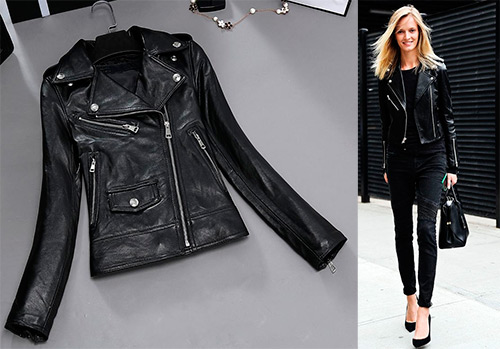 Biker jacket - photo of images and history
Biker jacket - photo of images and history
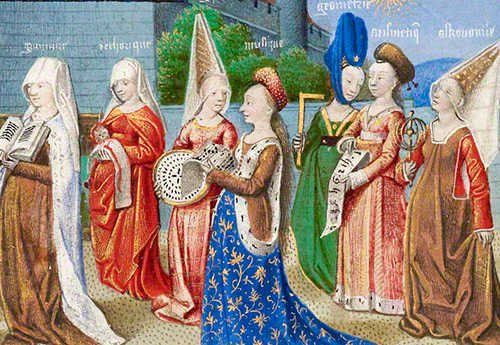 How gothic princesses dressed - medieval fashion
How gothic princesses dressed - medieval fashion
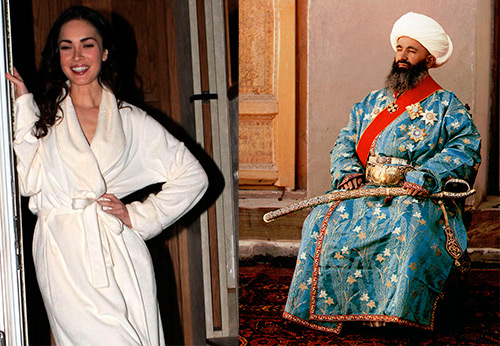 A story about warm and luxurious robes of the East
A story about warm and luxurious robes of the East
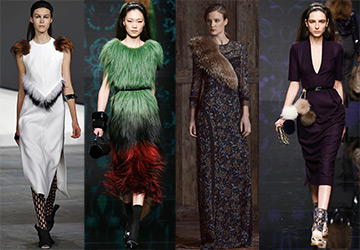 Fur trim and decor in the fall-winter 2024-2025 collections
Fur trim and decor in the fall-winter 2024-2025 collections
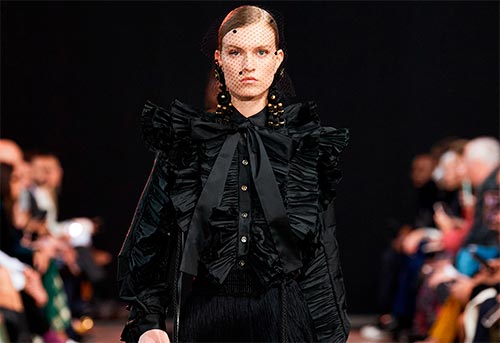 How to wear a frill to look trendy and stylish
How to wear a frill to look trendy and stylish
Rating news
Shades of clothing that make women look younger
What shades of hair make women younger: rules and photos
Funny wedding dresses - photos and ideas
12 most expensive down jackets for the winter
How to look 25 at 40: tips from supermodels
Beautiful schoolgirls
Anti-aging haircuts and hairstyles for women
Fashionable skirts for autumn and winter
Fashionable women's trousers for the cold season
Fashionable and stylish sandals for summer 2024
Spring-summer 2024
 Fashionable dresses and tops with thin spaghetti straps
Fashionable dresses and tops with thin spaghetti straps
 Bandana tops: how to wear stylishly and beautifully
Bandana tops: how to wear stylishly and beautifully
 How to put together the perfect men's wardrobe for the summer
How to put together the perfect men's wardrobe for the summer
 Fashionable shorts for spring-summer 2024
Fashionable shorts for spring-summer 2024
 Fashionable skirts for spring-summer 2024: a guide to online shopping
Fashionable skirts for spring-summer 2024: a guide to online shopping
 The most fashionable dresses spring-summer 2024: styles and colors
The most fashionable dresses spring-summer 2024: styles and colors
 Fashionable total look 2024: ideas of images and trends
Fashionable total look 2024: ideas of images and trends